Title: Trauma Leagues: A Novel Option to Attract Medical Students to a Surgical Career
GENERAL DESCRIPTION
In the early 1990′s in Brazil, clusters of medical students interested in increasing their exposure to certain medical disciplines started to emerge and
organize under the name of Academic Leagues. Leagues first appeared in a few major academic centers such as the University of Campinas, where the first League was created in 1992.
Trauma Leagues consist of groups of medical students that voluntarily congregate under the supervision of a surgeon, often with an academic career and respectable academic credentials. The stated goals of the Trauma Leagues are to:
(1) increase the members‘ knowledge in trauma, surgery, and emergency care; (2) offer the students the opportunity to participate in emergency room, operating room, and trauma resuscitation care; (3) offer the student the opportunity to participate in research and other academic activities of the Trauma Programs; (4) offer the opportunity to observe all the daily activities of practicing surgeons (apprenticeship); (5) participate and organize trauma meetings, as example the Brazilian Congress of Trauma Leagues (CoLT); and (6) develop and work in injury-prevention projects.
WORKSHOP OBJECTIVES
1. Discuss the capacity of the Trauma Leagues to bring the students to their actions as a way to attract new general surgeons.
2. Present the activities promoted by the Trauma Leagues in Brazil in an extracurricular way and form as part of a parallel curriculum.
3. Provide students the opportunity to learn about trauma and have more experience in practical skills and realist simulation, becoming more prepared to take care of trauma patients.
4. Carry out prevention activities, such as the P.A.R.T.Y. (Prevent Alcohol and RiskRelated Trauma in Youth); Yellow May; and Saving Lives.
5. Explain how participation in Trauma League has been an effective strategy to encourage medical students to choose a career in general surgery in Campinas, Brazil.
TEACHING METHODS
1. Lectures with active interactive methodology.
2. Visit to the university hospital and pre-hospital care.
3. Discussion of didactic clinical cases at ICU and in tele grand rounds by telemedicine.
4. Realistic simulation.
5. Interaction with medical students and students from high school during the P.A.R.T.Y. (Prevent Alcohol and Risk-Related Trauma in Youth) Program.
Assessment:
1. Presence and punctuality
2. Interaction with the faculty and other students.
Duration: 1 week.
Pre requisites: pre-clinical knowledge (at least 50% of the medical workshop at the foreign institution) and fluent English.
Workshop material:
1. Papers elaborated by the faculty.
2. Seminars (articles will be provided prior to sessions).
FACULTY
Workshop organization and responsibility:
- Gustavo Pereira Fraga
- Elcio S. Hirano
- Bruno M. T. Pereira
- Thiago R. A. Calderan
Professors from the Division of Trauma Surgery, School of Medical Sciences, University of Campinas (Unicamp).
WHO SHOULD ATTEND?
- Medical students with pre-clinical knowledge (at least 50% of the medical workshop at the foreign institution);
- 8 to 10 students.
ONE-WEEK-SCHEDULE
| Monday | Tuesday | Wednesday | Thursday | Friday | |
| 8 am – 9 am | Welcome and visit to Clinics Hospital of University of Campinas (Unicamp) | The history of Trauma Leagues | What difference does the presence of a trauma league have? | How to create and manage a Trauma League? | The importance of Trauma Leagues – Alumni stories |
| 9 am – 10 am | Hospital Rounds (ICU and Wards) | Realistc Simulation | Article discussion | The importance of Trauma Leagues – Alumni stories | |
| 10 am – 12 am | Hospital Rounds (ICU and Wards) | Realistc Simulation | Trauma Division Weekly Meeting (Clinical Case) | Telemedicine Grand Round (Clinical Case) | |
| 12 pm – 14 pm | Lunch | Lunch | Lunch | Lunch | Lunch |
| 14 pm – 15pm | Telemedicine (Clinical Cases) | P.A.R.T.Y Program (Starts at 13pm) | Pre-hospital visit (SAMU) | Pre-hospital visit (GRAU) | Saving Lives Program |
| 15 pm – 18 pm | Telemedicine (Clinical Cases) | P.A.R.T.Y Program | Pre-hospital visit (SAMU) | Pre-hospital visit (GRAU) | Saving Lives Program |



